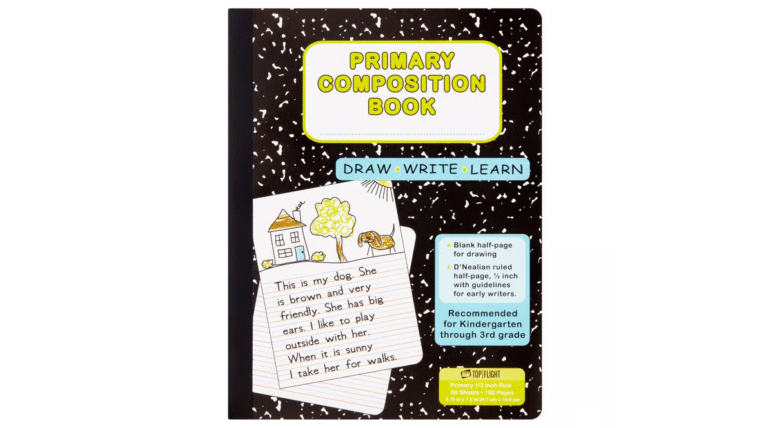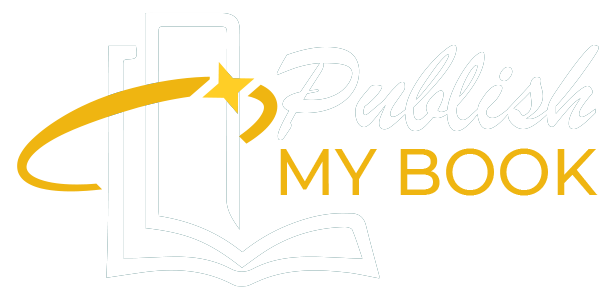
Remember the first time you wrote your name? Maybe it was a little wobbly, maybe the letters didn’t quite fit on the lines, but to you, it felt like magic. You were no longer just a reader of stories; you were a creator. For many children, that transformation begins with something simple yet powerful: a primary composition notebook. These notebooks are more than just lined pages with space for illustrations. They’re portals to imagination, early lessons in structure and storytelling, and confidence-building tools in disguise.
A young child holding their first composition notebook isn’t just preparing to write letters or short sentences, they’re stepping into a new identity: a writer. Also often underestimate how important it is for children to have a physical space that’s truly there’s a place where their ideas matter. A primary composition notebook becomes a canvas, a confidante, and sometimes even a comic strip. In a world saturated with screens and fast content, these notebooks slow things down in the best way. They encourage kids to pause, reflect, draw, think, and express.
If you’re a parent, teacher, or simply someone who cares about nurturing creativity, giving a child a primary composition notebook might be one of the simplest yet most powerful things you can do. And here’s why every young writer needs one.
1. Primary Composition Notebook Encourages Creative Freedom
Unlike structured worksheets or fill-in-the-blank assignments, a primary composition note book offers kids freedom without rules. The page is theirs. They can write a story about flying dinosaurs, draw a purple elephant, or journal about their day at the zoo. That top-half blank space? It’s not just for doodles. It activates the visual part of the brain, helping children to imagine scenes before they write. The combination of drawing and writing also reinforces storytelling in a natural, intuitive way. Kids don’t realize they’re building narrative structure; they’re just having fun. In these pages, there’s no red pen, no wrong answer, just pure, unfiltered creativity. That’s where real writing starts.
2. It Builds Early Literacy and Writing Skills
The dotted middle lines help children understand proper letter formation and spacing. The layout subtly teaches them about margins, paragraphs, and sentence flow all without making it feel like schoolwork. As they practice writing letters and short words, children begin developing fine motor skills. But even more importantly, they’re connecting thoughts to words, and words to paper. That bridge between idea and expression is the core of writing, and it’s built one page at a time. By making writing a daily or weekly habit, kids start to internalize grammar and sentence structure in a low-pressure, enjoyable way. And with each story or journal entry, their confidence grows.
3. It Sparks Ownership and Confidence
Ask any adult writer: the hardest part isn’t grammar or spelling, it’s believing your voice matters. When a child sees their ideas, drawings, and words collected in one notebook, something special happens and they begin to take pride in their work. “This is my story,” they say. That feeling of ownership is incredibly empowering. Each page becomes a little time capsule of their development. Over time, flipping back through their notebook shows them how much they’ve grown not just in handwriting, but in thoughtfulness and imagination. And yes, even spelling “unicorn” as “younecorn” is a milestone worth celebrating.
4. It Supports Emotional Expression
Kids don’t always have the words to explain how they feel, but give them a page and a crayon, and you might be surprised what comes out. A primary composition note book can be a safe space where kids explore emotions, describe their world, and make sense of their experiences. A journal entry like “Today I felt sad because my friend was absent” may not seem groundbreaking, but for a child, that’s a big emotional step. This kind of expressive writing is more than just literacy, it’s therapy, growth, and healing.
5. Primary Composition Notebook Disconnects to Reconnect
In a tech-driven world, screens dominate our kids’ lives from an early age. While tablets and educational apps have their place, there’s something wonderfully grounding about the feel of a pencil on paper. A primary composition notebook doesn’t buzz, beep, or distract. It invites children to slow down and focus. It lets them be fully present with their thoughts, their creativity, and themselves. In this analog space, real connections form not to Wi-Fi, but to imagination, language, and identity.
In the end, it might look ordinary with a soft cover, some lines, a blank space up top but a primary composition notebook holds more potential than most adults realize. It nurtures young minds, fosters emotional growth, and gives kids a voice in a world that often speaks over them. So if you’re wondering what to give the young writer in your life don’t overlook the humble notebook. Because every writer big or small deserves a place to begin.
